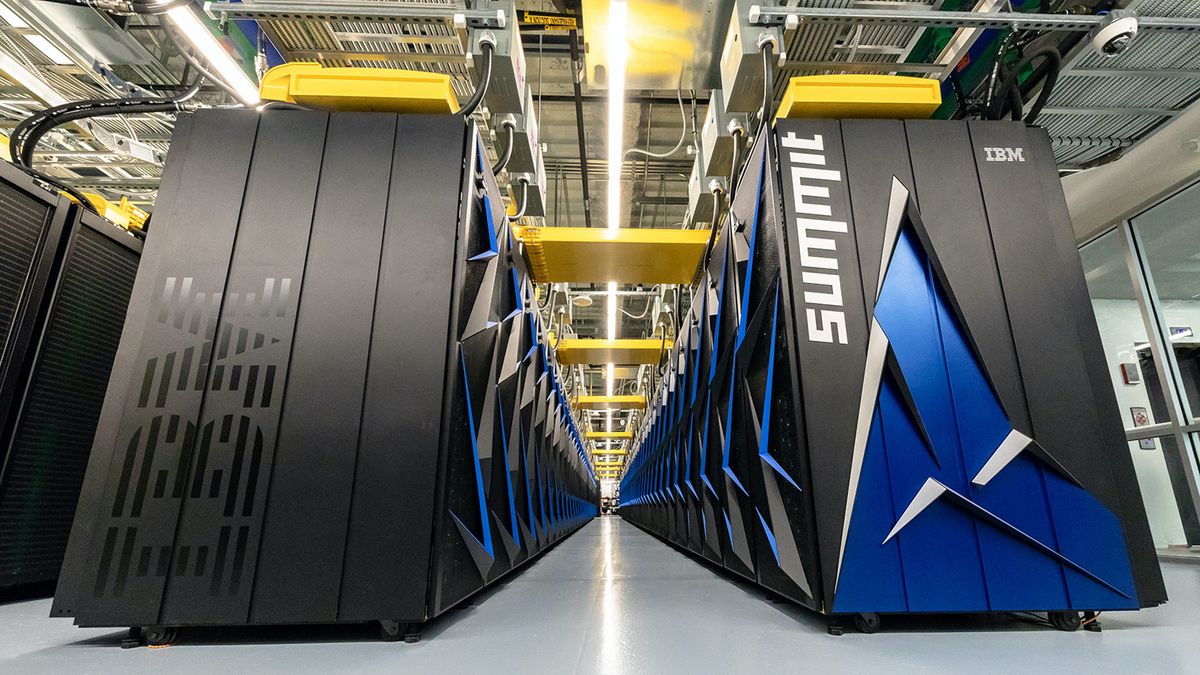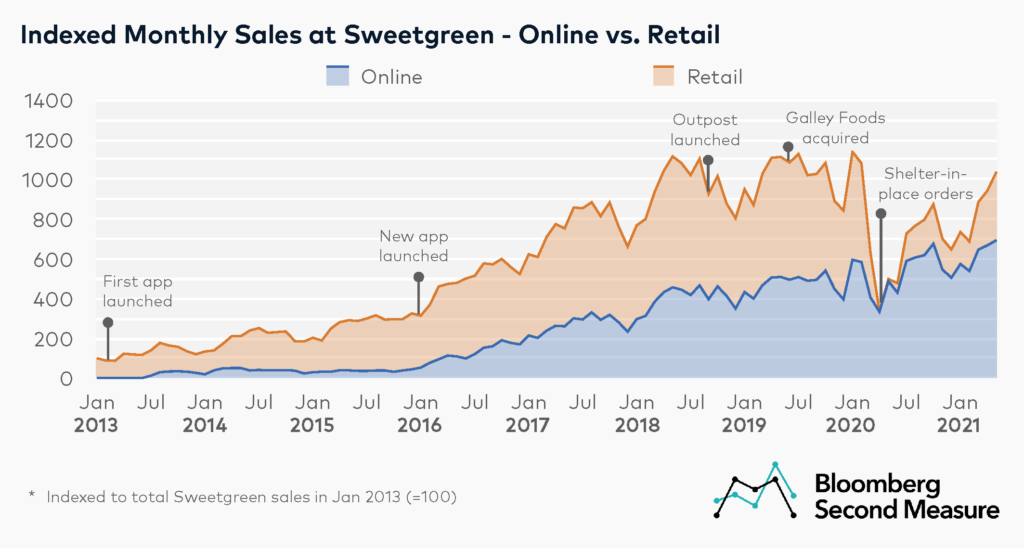India reveals plan to become major RISC-V design and production player by 2023
India's government has announced a plan and roadmap for local semiconductor design and production, based on the open source RISC-V architecture, and set a goal of delivering world-class silicon by the end of next year.
The Digital India RISC-V Microprocessor Program (DIR-V) will see Indian industry and academia team to develop Systems on Chips (SoC) for servers, mobile devices, automotive applications, IoT devices, and microcontrollers.
Rajeev Chandrasekhar, a former Intel chip designer who now serves as India’s minister of state for entrepreneurship, skill development, electronics & technology, said DIR-V aims to "achieve industry-grade silicon and design wins by December 2023."
Chandrasekhar said the program will draw on expertise expressed in India's current home-grown RISC-V processor designs: Shakti and Vega. But those processors are far from the leading edge – a recent Shakti release was built on a 180nm, uses 32-bit cores and runs at between 75Mhz and 100MHz. That's a spec that would not have scared Intel when it launched the Pentium – 29 years ago. Another Shakti design was made on a 22nm process (by Intel), but that model debuted in 2018. Shakti designs for servers and HPC applications are on the drawing board. The Vega design looks a little more advanced, and its makers claim it's already employed in several SoC designs.
India’s government has styled those efforts as "early steps in processor design". It's a fair assessment, given neither appears imminently ready for production, or sufficiently mature to deliver usable products of the quality Chandrasekar expects in the time allowed.



















